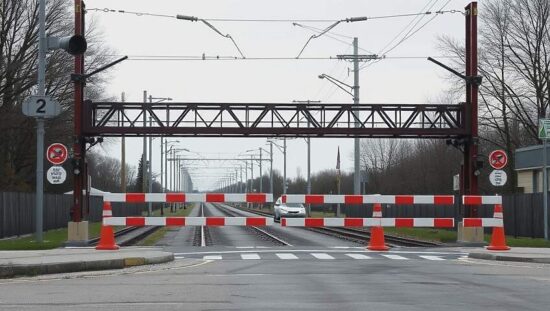A concerning increase in accidents at railway crossings across Germany is anticipated for 2025, with casualty figures already exceeding those of the previous two years. An analysis of data from the Federal Office for Railway Accident Investigation (BEU), conducted by NDR, reveals a worrying trend.
As of the end of August, 36 fatalities and 188 injuries have been recorded at railway crossings on federally-owned tracks, marking a significant rise. While Deutsche Bahn (DB) reports a reduction of nearly 20% in the number of railway crossings since 2010, the rate of dismantling these crossings has slowed considerably in recent years.
“Every accident, every injury and every fatality is one too many” stated DB spokesperson Achim Stauß. “We will not become accustomed to such incidents occurring”. He expressed confidence that DB, in partnership with federal, state and local governments, can continue to reduce the number of railway crossings.
However, Stauß acknowledged a stagnation in the reduction of crossings. The easier-to-replace crossings, often substituted with bridges or tunnels, have largely been addressed. Remaining crossings often present greater complexity and require significant financial investment, making coordinated funding agreements across multiple stakeholders essential.
Railway crossings remain the most hazardous locations within the DB network, with 15,820 currently in operation. Accidents frequently involve road vehicles, pedestrians and trains, often stemming from human error. While the overall number of crossings has fallen by roughly half since the 1950s, largely due to track closures and sales, the rate of decline has plateaued in the last decade.
Eric Schöne, an expert from TU Dresden, observes a lack of discernible improvements in safety at existing crossings. He advocates for increased investment and attention to problematic crossings, alongside enhanced technical security measures. These measures should include a faster rate of elimination of hazardous crossings and the expansion of technical safety systems, such as post-warning systems designed to automatically close barriers in the event of human error.
Analysis indicates that driver and pedestrian behavior contribute to over 95% of accidents at railway crossings. However, instances of negligence by signalmen and temporary crossing posts, often deployed at construction sites, also play a role. According to Schöne, the inherent difference in reliability between technical systems and human operation highlights the necessity of integrating more robust and automated safety features.





